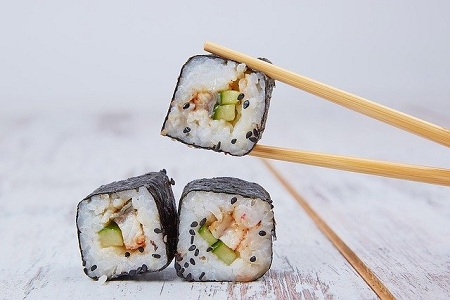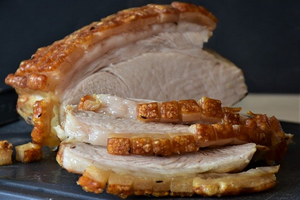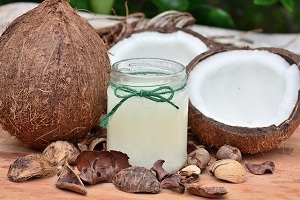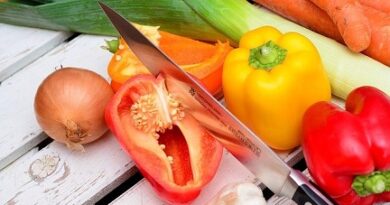Japanese Cooking Techniques You Should Know
Many people are surprised to learn that Japanese cooking techniques can be done without using pots and pans. The Japanese Culinary Arts, as well as other Asian cuisine styles, are largely a product of their environment. During many long periods of isolation, Japan was able to develop its own unique set of cooking habits. These cooking techniques, called “kyukyo” or “open-hand style”, have become deeply valued by the Japanese and are used in most traditional Japanese meals.
Types Of Japanese Cooking Techniques
There are literally hundreds of Japanese cooking techniques in Japanese cuisine, grouped into four main categories. Niru (aka “leftovers”) – use a lot of vegetables in a dish and keep the original flavor. Yaku (aka “hot” or “burning” – see steaming dishes) – use little fat and rely on high heat to release the flavor. Ageru (aka “deep fried” – see steamed dishes) – use a lot of oil, deep frying and is very high in calories.
Japanese Rice Cooking Techniques
Japanese home cooking usually begins with rice. Rice is the base of most Japanese dishes and can either be cooked alone or in various ways. The two main ways to cook rice are Japanese style sushi and genzaigiri (conventional sushi). Genzaigiri is the basic dish in Japanese cuisine and sushi is more of an adventure, because it can include vegetables and other ingredients and also meat.
Probably the most well known Japanese cooking techniques is okay (rice cake). Usually a round rice cake, okay is full of flavor and can be served just as it is. Or it can be flavored with different ingredients and served raw or grilled. A delicious way to eat okay is to put some rice on the bottom and top with a combination of vegetables like asparagus, onions and mushrooms and then place a slice of okay on top. Make sure that you sprinkle the meat with seasonings (slaw or soy sauce) and then cover in batter.
To make okay, you will need makiwara (grilled wooden boards), bamboo steamer and a pinch of sensei (measurement of fish sauce). In addition, you will need some Japanese cooking techniques such as kebap, sushi and nigriki. Basically, these three foods are all about creating mouth watering presentations. So if you have never eaten this type of food before, you might want to start off with some sushi.
Nigriki Japanese Cooking Techniques
Nigriki is Japanese cooking’s version of a night, which means “leftovers”. Nigri means “left-over” in Japanese and so this dish is a delicious alternative to sashimi and other foods that might seem to be left over after a meal. Sashimi is fish or seafood that has already been cooked and is usually served cold. This is why you will hear it referred to as cold sushi.
Yamabuki Japanese Cooking Techniques
The third and final common Japanese cooking technique is called yamabuki. This dish is more of a side dish than anything else and is prepared by melting down some yamabuki (searching for sweet beans) and adding in some other ingredients to give it a subtle sweet flavor. In addition, it is often served raw or sauteed. For example, soy beans and carrots might be melted together and then flavored with sake or other spices. Or some other combination might be worked out.
Kushiyaki Japanese Cooking Techniques
Another popular and traditional Japanese cooking technique is called kushiyaki. This is slightly different than the previous two because instead of being cooked directly in a fire, the food is broiled. Sometimes, when soy beans are not enough to give the dish a desired flavor, the beans are also grated along with rice or some other grain. Then the top layer of the grilling meat is typically sauteed together with vegetables before being served. This grilling technique is also very popular in the west, where it can be used to cook raw fish and vegetables along with the main course.




